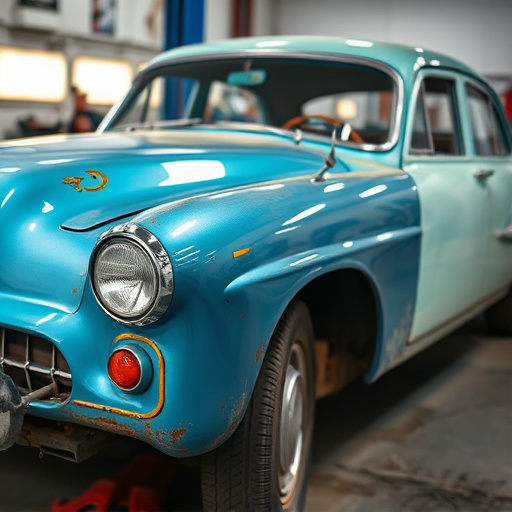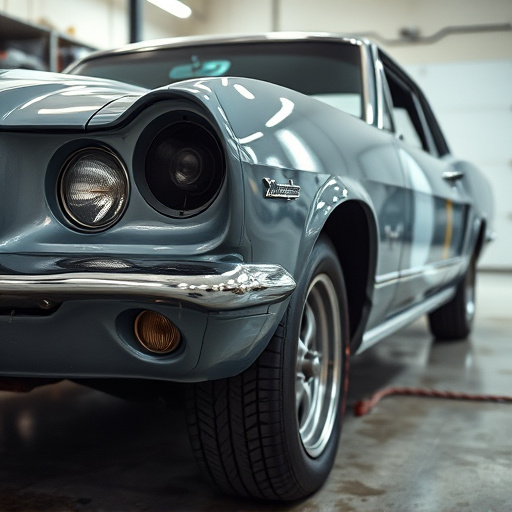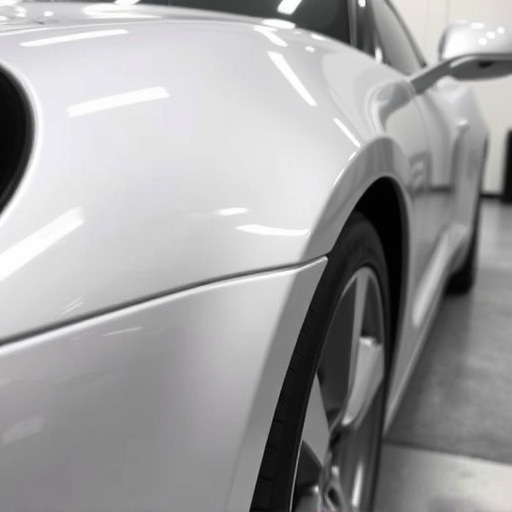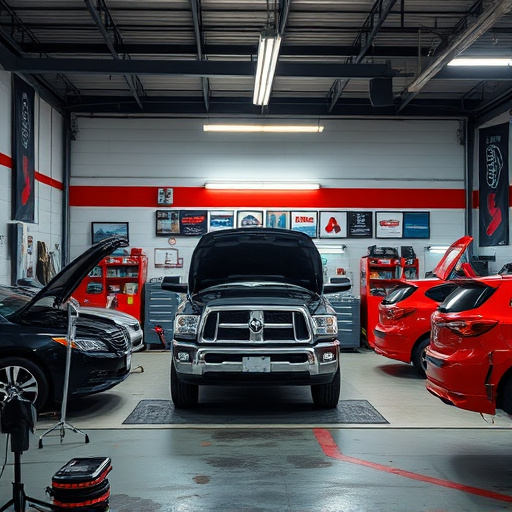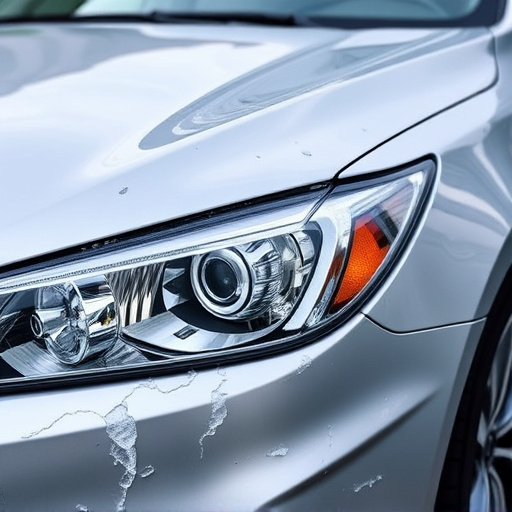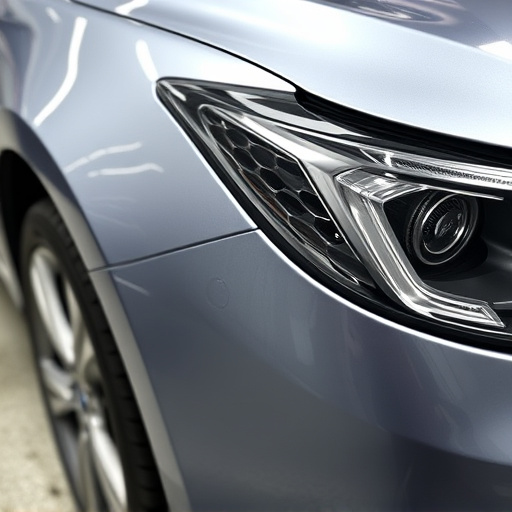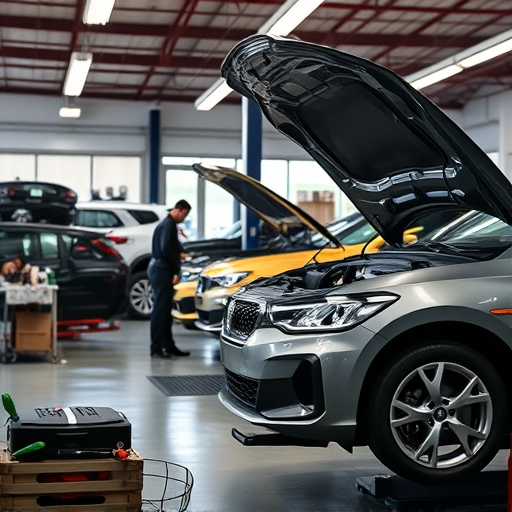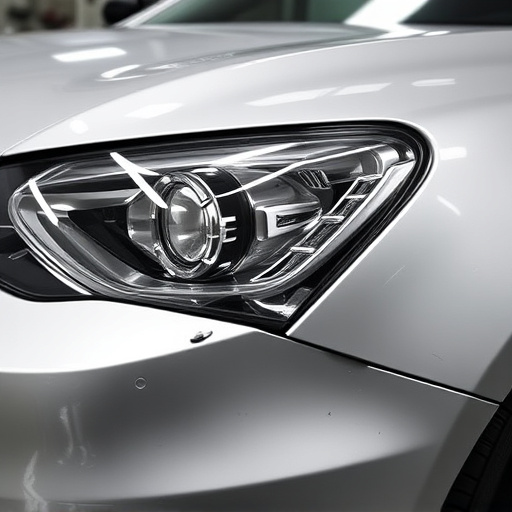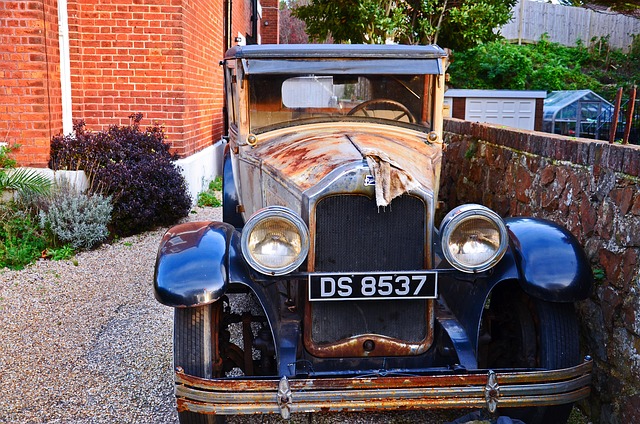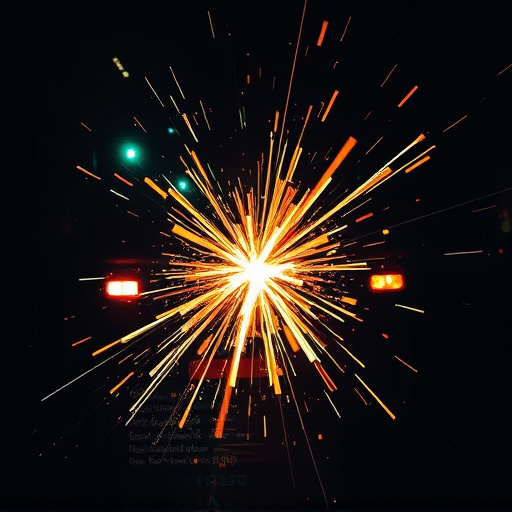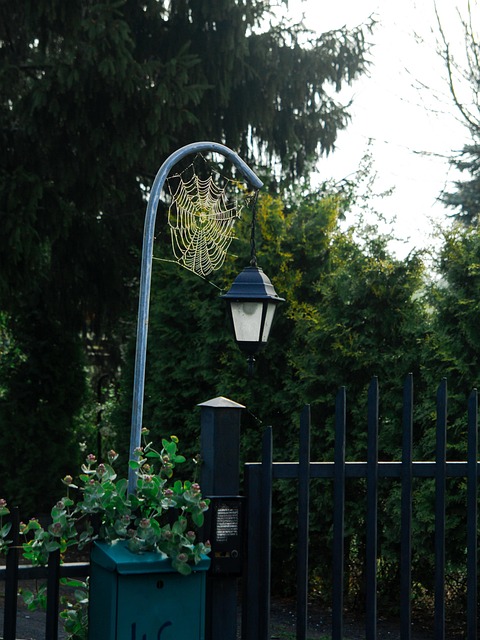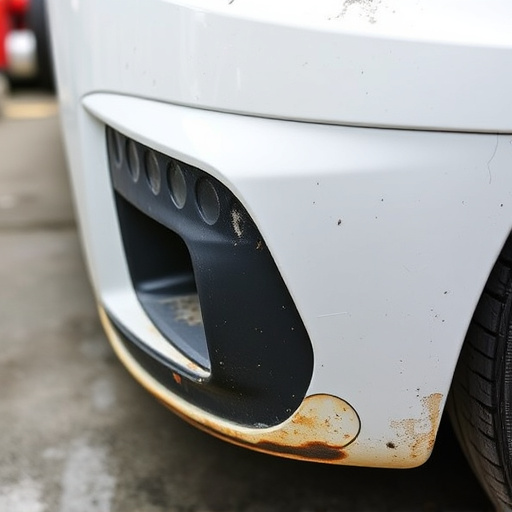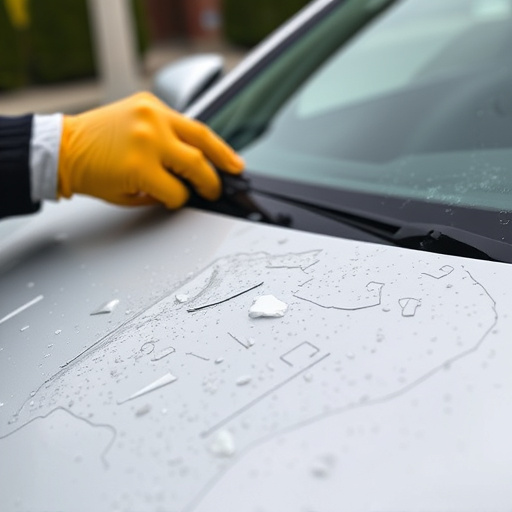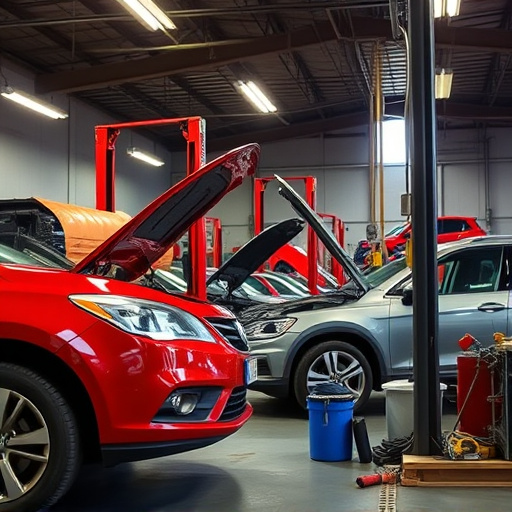Custom color matching is a critical technique in tire services and car collision repair, aiming to restore vehicles to pre-incident condition with minimal visible differences. Skilled technicians use advanced tools and scientific methods to analyze and match colors accurately, considering gloss, sheen, and texture. Quality Assurance (QA) ensures precise repairs that perfectly replicate original finishes, enhancing customer satisfaction and shop reputation. Systematic approaches involve interpreting client preferences, using high-quality paints, swatch testing, meticulous preparation, and equipment calibration for optimal results in fleet repair services.
In the realm of restoration and customization, achieving flawless results demands meticulous attention to detail. This article explores the art of custom color matching and its integral role in post-repair quality assurance. From understanding advanced techniques to implementing best practices, each step ensures optimal outcomes. We delve into the process, highlighting how precise color matching enhances visual appeal and preserves the integrity of restored items. Discover the secrets to achieving true-to-original colors and maintaining unparalleled quality standards.
- Understanding Custom Color Matching Techniques
- The Role of Quality Assurance in Post-Repair Process
- Ensuring Optimal Results: Best Practices for Color Matching
Understanding Custom Color Matching Techniques
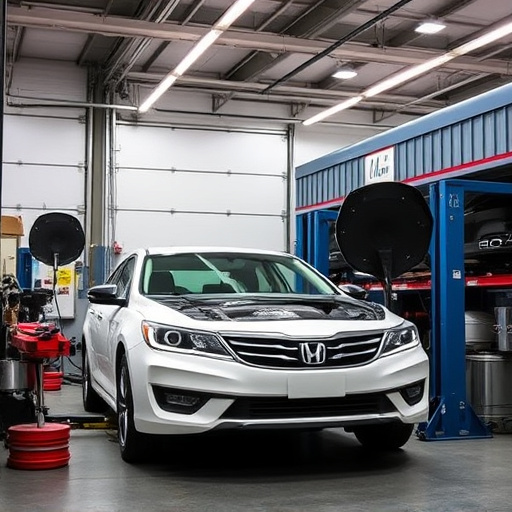
Custom color matching is a precise art that involves accurately duplicating or closely replicating an existing color for various applications, most commonly in tire services and car collision repair scenarios. This technique is crucial when restoring vehicles to their pre-incident condition, ensuring minimal visible differences in the final finish. Skilled technicians employ advanced tools and scientific methodologies to analyze and match colors, be it for car paint services or intricate restoration projects.
In the context of car collision repair, where vehicles may sustain significant damage, custom color matching becomes an indispensable process. It involves not only mixing pigments to replicate a specific shade but also considering factors like gloss, sheen, and texture to achieve a flawless result. This meticulous approach guarantees that the repaired vehicle not only looks good as new but also retains its original aesthetic appeal, making it virtually indistinguishable from the rest of the paint job.
The Role of Quality Assurance in Post-Repair Process
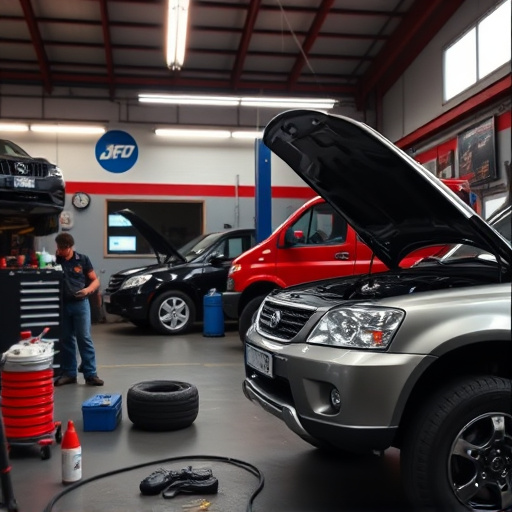
Quality Assurance (QA) plays a pivotal role in ensuring the highest standards are maintained throughout the post-repair process, especially when it comes to custom color matching. In the realm of auto glass replacement or dent repair, achieving flawless results requires meticulous attention to detail. QA procedures involve rigorous inspections and testing to verify that each repair accurately matches the original car’s finish, ensuring a seamless blend that goes unnoticed by the naked eye.
This meticulous process is crucial for maintaining customer satisfaction and the overall reputation of the car repair shop. By implementing robust QA practices, shops can guarantee that their repairs, whether it’s a simple dent repair or complex auto glass replacement, meet or exceed industry standards. This attention to detail not only safeguards the integrity of the vehicle but also ensures that customers receive a high-quality service that preserves the aesthetics and value of their vehicles.
Ensuring Optimal Results: Best Practices for Color Matching
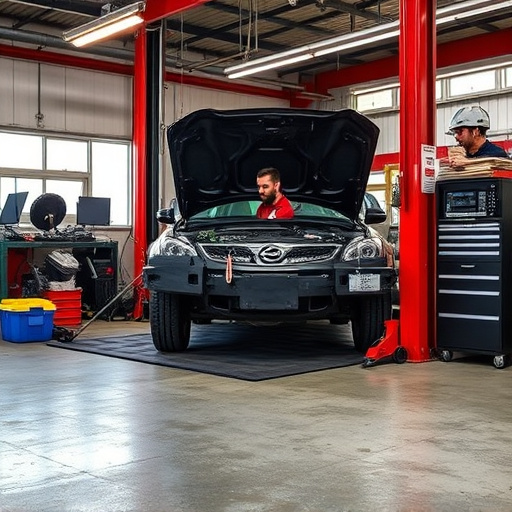
Ensuring optimal results in custom color matching requires a meticulous approach, especially in the context of vehicle paint repair and fleet repair services. It begins with understanding the client’s desired shade and finish accurately. Professional technicians use advanced tools to match not just the base color but also factors like gloss, hue, and shade variation. This precision is crucial when dealing with car damage repair, as it ensures the repaired area seamlessly blends with the original paint job.
Best practices involve utilizing high-quality paints and primers from reputable manufacturers. Testing a small swatch before applying it to the damaged area helps in making subtle adjustments to achieve perfect matching. Additionally, proper surface preparation is paramount; cleaning and decontaminating the repair site ensures optimal adhesion of the new paint. Regular calibration of color matching tools and equipment also plays a vital role in maintaining consistency throughout the car damage repair process, ultimately delivering top-notch results for fleet repair services.
Custom color matching is an art that, when executed flawlessly, can transform post-repair processes. By understanding advanced techniques and implementing robust quality assurance measures, professionals can achieve exceptional results. Adhering to best practices ensures not only the restoration of visual integrity but also maintains the original aesthetic charm. This meticulous approach to custom color matching is pivotal in delivering top-quality repairs that stand the test of time.
